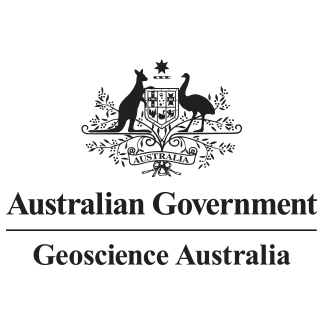Brief description
The ‘Major crustal boundaries of Australia’ dataset synthesises more than 40 years of acquisition of deep seismic reflection data across Australia, where major crustal-scale breaks, often inferred to be relict sutures between different crustal blocks, have been interpreted in the seismic reflection profiles. The widespread coverage of the seismic profiles now provides the opportunity to construct a map of major crustal boundaries across Australia. Starting with the locations of the crustal breaks identified in the seismic profiles, geological (e.g. outcrop mapping, drill hole, geochronology, isotope) and geophysical (e.g. gravity, aeromagnetic, magnetotelluric, passive seismic) data are used to map the crustal boundaries, in map view, away from the seismic profiles. For some of these boundaries, a high level of confidence can be placed on the location, whereas the location of other boundaries can only be considered to have medium or low confidence. In other areas, especially in regions covered by thick sedimentary successions, the locations of some crustal boundaries are essentially unconstrained.
The ‘3D Major Crustal Boundaries Model – 2024 Edition’, utilising the corresponding ‘Major crustal boundaries of Australia – 2024 Edition’ 2D geographic information system (GIS) dataset (Doublier and Korsch, 2024), shows the locations and geometries of inferred ancient plate boundaries in three dimensions, providing constraints on the crustal architecture of Australia. It allows a better understanding of how the Australian continent was constructed from the Mesoarchean through to the Phanerozoic, and how this evolution and these boundaries have controlled metallogenesis. It is best viewed as a dynamic dataset, which will need to be refined and updated as new information, such as new seismic reflection data, becomes available.
Lineage
Maintenance and Update Frequency: asNeeded
Statement:
Major crustal-scale breaks, often inferred to be relict sutures between different crustal blocks, have been interpreted in seismic reflection profiles. The widespread coverage of the seismic profiles now provides the opportunity to construct a map of major crustal boundaries across Australia. Starting with the locations of the crustal breaks identified in the seismic profiles, geological (e.g. outcrop mapping, drill hole, geochronology, isotope) and geophysical (e.g. gravity, aeromagnetic, magnetotelluric) data are used to map the crustal boundaries, in map view, away from the seismic profiles. This dataset represents a 3D visualisation of the Major Crustal Boundaries of Australia – 2024 edition 2D dataset (eCat 149663).
Notes
Purpose
3D Model of the ‘Major crustal boundaries of Australia – 2024 Edition’ 2D GIS dataset (Doublier and Korsch, 2024). This dataset visualizes the first order crustal architecture of Australia, providing context for the tectonic and geodynamic evolution through time.
![]()




